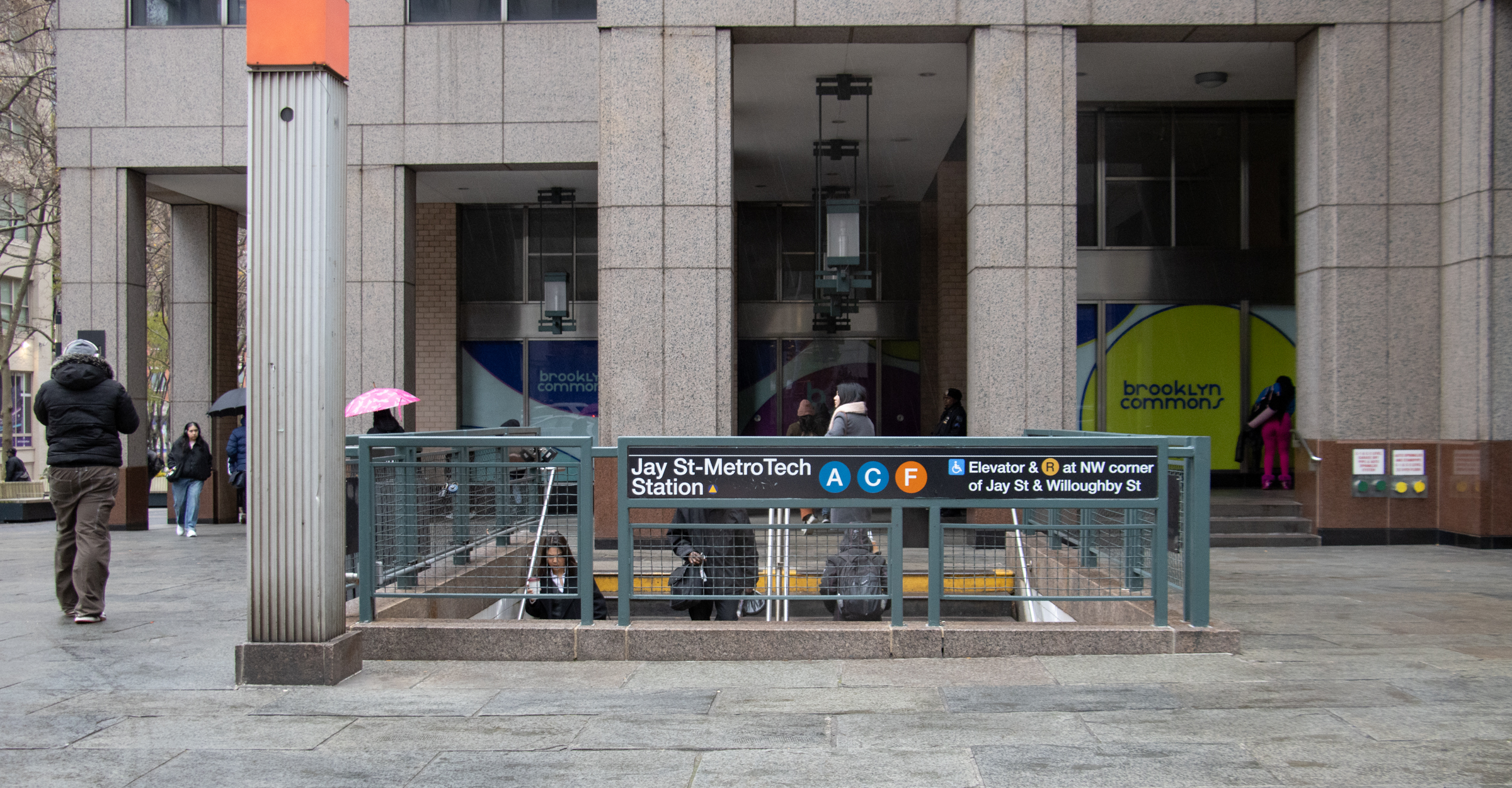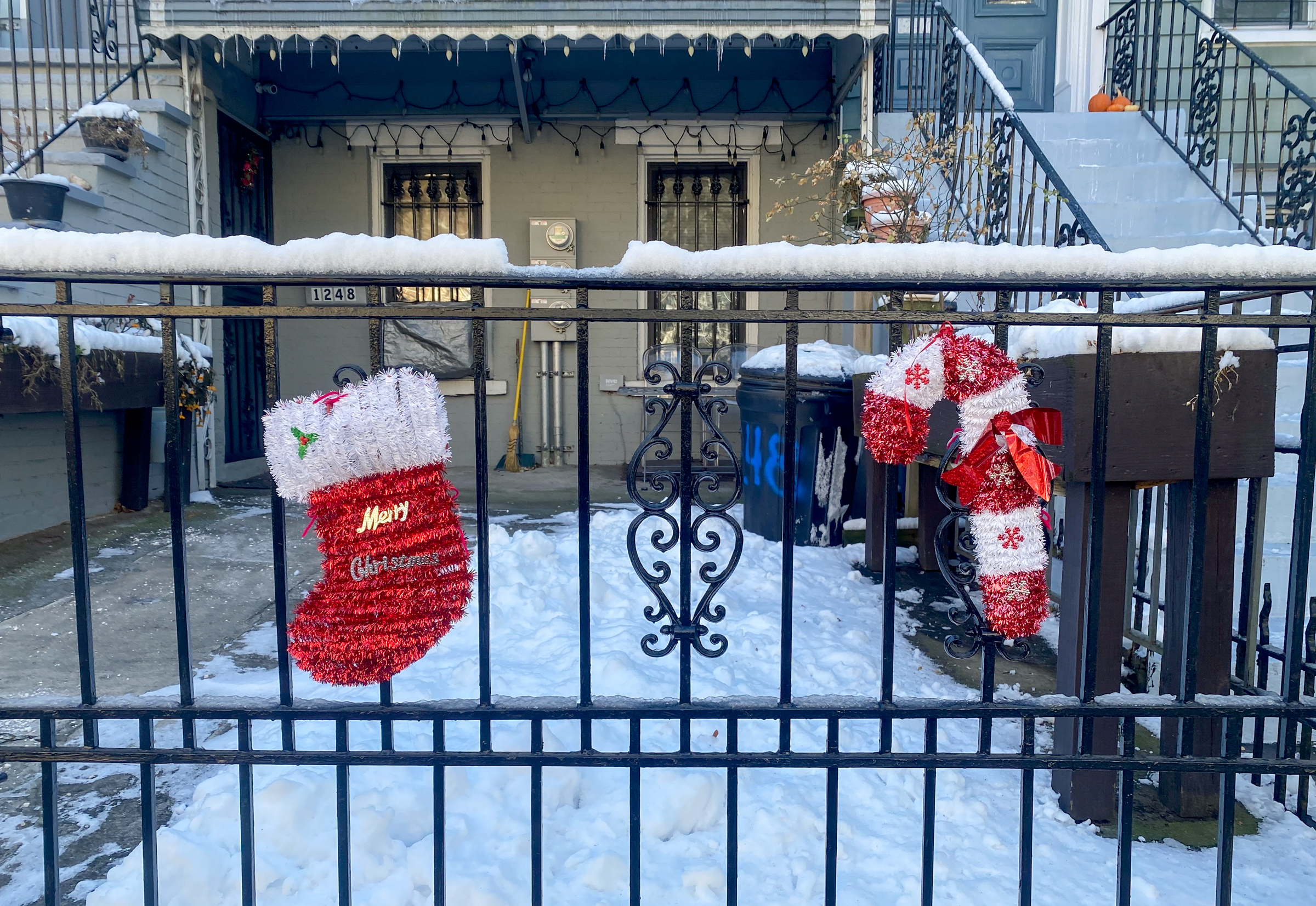Glassy PLG Tower Bad News for Birds, Says Expert
Scores of migrating birds would smash into the glassy 23-story tower planned in Prospect-Lefferts Gardens, on Lincoln Road and Flatbush Avenues, creating a mess on the crowded sidewalks below, said Prospect Park Audubon Center senior naturalist Gabriel Willow. He said adjacent Prospect Park, at 585 acres, is a popular resting place for birds along the…


Scores of migrating birds would smash into the glassy 23-story tower planned in Prospect-Lefferts Gardens, on Lincoln Road and Flatbush Avenues, creating a mess on the crowded sidewalks below, said Prospect Park Audubon Center senior naturalist Gabriel Willow. He said adjacent Prospect Park, at 585 acres, is a popular resting place for birds along the Atlantic Flyway, and added that glass towers in Manhattan near smaller, less popular parks have been the death of hundreds of birds a year. “You’ll just find the ground littered with birds,” he said. Tom Gilman of Gilman Architects didn’t respond when asked if his design took migrating birds into consideration (the flock was added to the rendering). Meanwhile, developer Henry Herbst said he’s been busy polling the community about their preference for the ground floor retail compenent—so far, they’re leaning toward a bank and organic market, even though the short block already has two non-organic markets. Herbst said, “They claim there’s no organic foods in the area,” which is basically true. Cage-free hens, anyone?
Wings Meet Deadly Glass [NY Times]
Form Follows Feathers: Bird-Friendly Architecture [Architectural Record]
Lefferts Gardens Gets a Few New Arrivals [Brooklyn Daily Eagle]





“Look them up and you may feel some sympathy.”
Then again, I may not.
Actually 12:18, what’s generic in Brooklyn is brownstone and brick.
How anyone could think that this generic looking “thing” is attractive is beyond me. Looks like the sort of thing you’d order from Developments R Us. It’s the relentless blandness of the building that explains its supreme suckitude.
Not EVERY glass building makes birds hit it. There are things to do in the design to avoid that.
http://www.toronto.ca/lightsout/pdf/development_guidelines.pdf
11:35: You forget that birds aren’t that smart. If you read the Architectural Record link, it says 1 billion birds die annually in the U.S. from hitting buildings, bridges and other manmade structures, but glass is the main culprit. Obviously, while in flight, they aren’t able to distinguish variations that easily. So why, next to a park that is a bird magnet, build a completely see-through glass tower? How would you like it if birds were banging up against your window, then sliding down dead?
so there’s a possibility that you may get hit by a flying pelican if you hang out on the balcony?
If you actually do care about the conservation of some of the only remaining wildlife in NYC (unlike many of the posters above), and you’re interested in more information or data, please check out http://www.nycaudubon.org/NYCASBirdWatch/TabOverview.asp
This is not about Canada Geese. It is about the over 200 species of birds that migrate through the NYC area and stopover in Prospect Park for food and rest during their long and perilous journeys (and a number of whom stay there to breed). Many of these species are in decline across the continent due to loss of habitat, pollution, and other environmental problems. Some of the most susceptible to bird collison are ruby-crowned kinglets, ovenbirds, common yellowthroats, white-throated sparrows, and dark-eyed juncos. Look them up and you may feel some sympathy. There are many design features that can be incorporated into building design that can prevent bird collision problems. Apparently the developers of this building, while intending to profit from proximity to the park, have no interest in protecting the wildlife that rely on the park for sustenance. I think On Prospect Park will create serious problems as well. Not to mention that these will permanently alter the sightlines of the park for the worst.
For anyone who wants to see a reduction in the Canadian Goose population, you probably wouldn’t want to be hit by a falling goose.